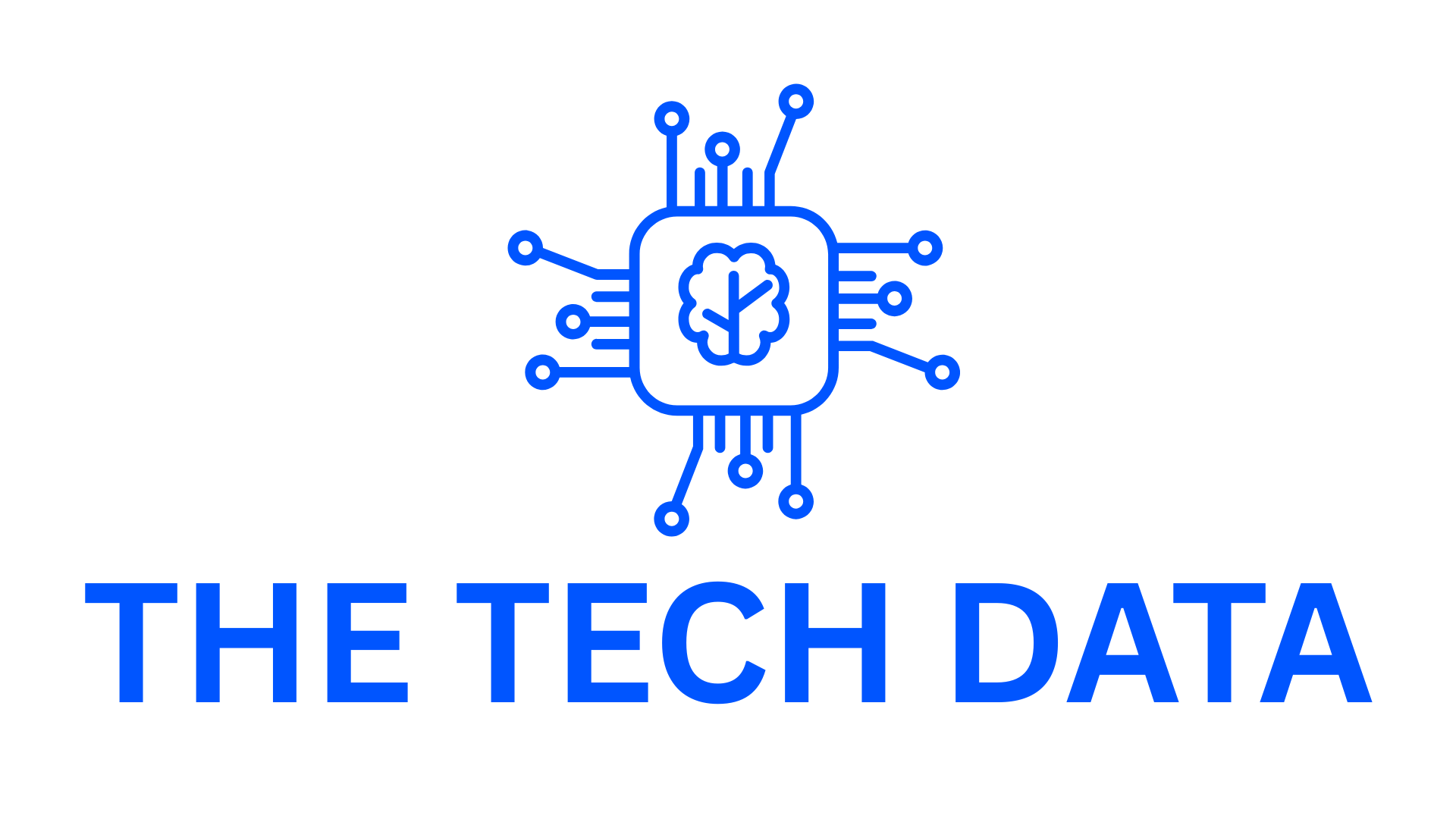Applied Materials Unveils Next-Gen SEMVision H20 System to Revolutionize Chip Defect Review
In a groundbreaking move for the semiconductor industry, Applied Materials, Inc. today announced the launch of its SEMVision™ H20 defect review system, designed to help leading semiconductor manufacturers push the boundaries of chip scaling. This state-of-the-art system combines the industry’s most sensitive electron beam (eBeam) technology with cutting-edge AI image recognition, enabling faster and more accurate analysis of buried nanoscale defects in the world’s most advanced chips.
As semiconductor manufacturing enters the angstrom era, where chip features are just a few atoms thick, identifying and characterizing defects has become increasingly challenging. Traditional optical inspection techniques, while effective at scanning wafers for potential defects, often generate dense defect maps that can overwhelm process control engineers. With the number of defect candidates increasing by as much as 100X at today’s most advanced nodes, there is an urgent need for defect review systems capable of analyzing exponentially more samples without compromising speed or sensitivity.
The Role of eBeam Technology in Semiconductor Manufacturing
For decades, eBeam imaging has been a cornerstone of defect analysis, offering ultra-high resolution to identify imperfections invisible to optical methods. In today’s complex 3D architectures—such as Gate-All-Around (GAA) transistors, higher-density DRAM, and 3D NAND memories—the ability to detect and classify buried defects is critical for maintaining yield and accelerating development cycles.
“Our new SEMVision H20 system allows the world’s leading chipmakers to better separate the signal from the noise amidst massive amounts of data provided by inspection tools,” said Keith Wells, Group Vice President of Imaging and Process Control at Applied Materials. “By combining advanced AI algorithms with the superior speed and resolution of our innovative eBeam technology, our system enables rapid identification of the smallest defects buried deep in 3D device structures, delivering faster and more accurate inspection results that can improve factory cycle time and yield.”
Key Innovations Driving the SEMVision H20 System
The SEMVision H20 introduces two significant advancements that set it apart from existing solutions:
1. Next-Generation Cold Field Emission (CFE) Technology
Applied Materials’ breakthrough Cold Field Emission (CFE) technology represents a leap forward in eBeam imaging. Unlike conventional thermal field emission (TFE), CFE operates at room temperature, producing a narrower beam with more electrons. This innovation increases nanoscale image resolution by up to 50% and boosts imaging speed by up to 10X.
With the second generation of CFE technology integrated into the SEMVision H20, chipmakers can achieve even faster throughput while maintaining unparalleled sensitivity and resolution. The increased imaging speed allows for greater wafer coverage, enabling manufacturers to gather the same amount of information in one-third of the time compared to previous methods.
2. Deep Learning AI Image Models
The SEMVision H20 leverages proprietary deep learning AI models to automatically distinguish true defects from false alarms, also known as “nuisance” defects. These AI models are continuously trained using real-world data from chipmakers’ fabs, ensuring they stay ahead of evolving defect patterns.
The system categorizes defects into specific types—including voids, residues, scratches, particles, and dozens of other classifications—enabling more precise and efficient defect characterization. By automating this process, the SEMVision H20 reduces manual intervention, accelerates analysis, and improves overall accuracy.
Addressing the Challenges of Advanced Nodes
At the 2nm node and beyond, semiconductor manufacturing faces unprecedented complexity. The transition to GAA transistors and the stacking of memory layers require defect review systems capable of handling intricate 3D architectures. The SEMVision H20 addresses these challenges head-on, providing the resolution and speed needed to analyze buried defects in multi-layered structures.
By delivering results up to 3X faster than current market-leading techniques, the SEMVision H20 empowers chipmakers to accelerate development timelines and optimize high-volume production. This capability is particularly valuable in the race to bring next-generation logic and memory chips to market.
Industry Adoption and Leadership
The SEMVision product family has long been recognized as the gold standard in eBeam review systems, trusted by leading logic and memory manufacturers worldwide. The SEMVision H20 extends this legacy by integrating next-generation CFE technology and advanced AI models, further solidifying Applied Materials’ leadership in the semiconductor equipment space.
Already adopted by top-tier chipmakers for emerging technology nodes, the SEMVision H20 is poised to play a pivotal role in advancing semiconductor manufacturing. Its ability to deliver faster, more accurate defect analysis ensures that manufacturers can meet the demands of an increasingly competitive market.
Enabling Faster Innovation and Higher Yields
The combination of next-gen CFE technology and deep learning AI not only enhances defect detection but also drives efficiency across the entire manufacturing process. By reducing cycle times and improving yield, the SEMVision H20 helps chipmakers bring products to market faster while maintaining the highest quality standards.
As the semiconductor industry continues to scale toward smaller nodes and more complex architectures, tools like the SEMVision H20 will be essential for overcoming technical barriers and unlocking new possibilities in computing, memory, and beyond.
A Game-Changer for High-Volume Manufacturing
The introduction of the SEMVision H20 marks a significant milestone in defect review technology, empowering chipmakers to tackle the challenges of the angstrom era with confidence. By combining unmatched eBeam sensitivity with AI-driven insights, Applied Materials is setting a new standard for speed, accuracy, and scalability in defect analysis.
For manufacturers striving to stay ahead in the rapidly evolving semiconductor landscape, the SEMVision H20 offers a transformative solution that accelerates innovation and optimizes production. As the industry moves toward the next frontier of chip design, tools like the SEMVision H20 will continue to shape the future of electronics, enabling smarter, faster, and more powerful devices for generations to come.
To learn more about the SEMVision H20 and its capabilities, visit Applied Materials’ official website and explore how this revolutionary system is redefining the limits of semiconductor manufacturing.





